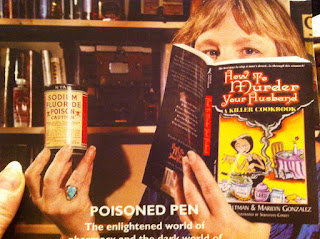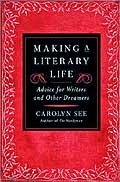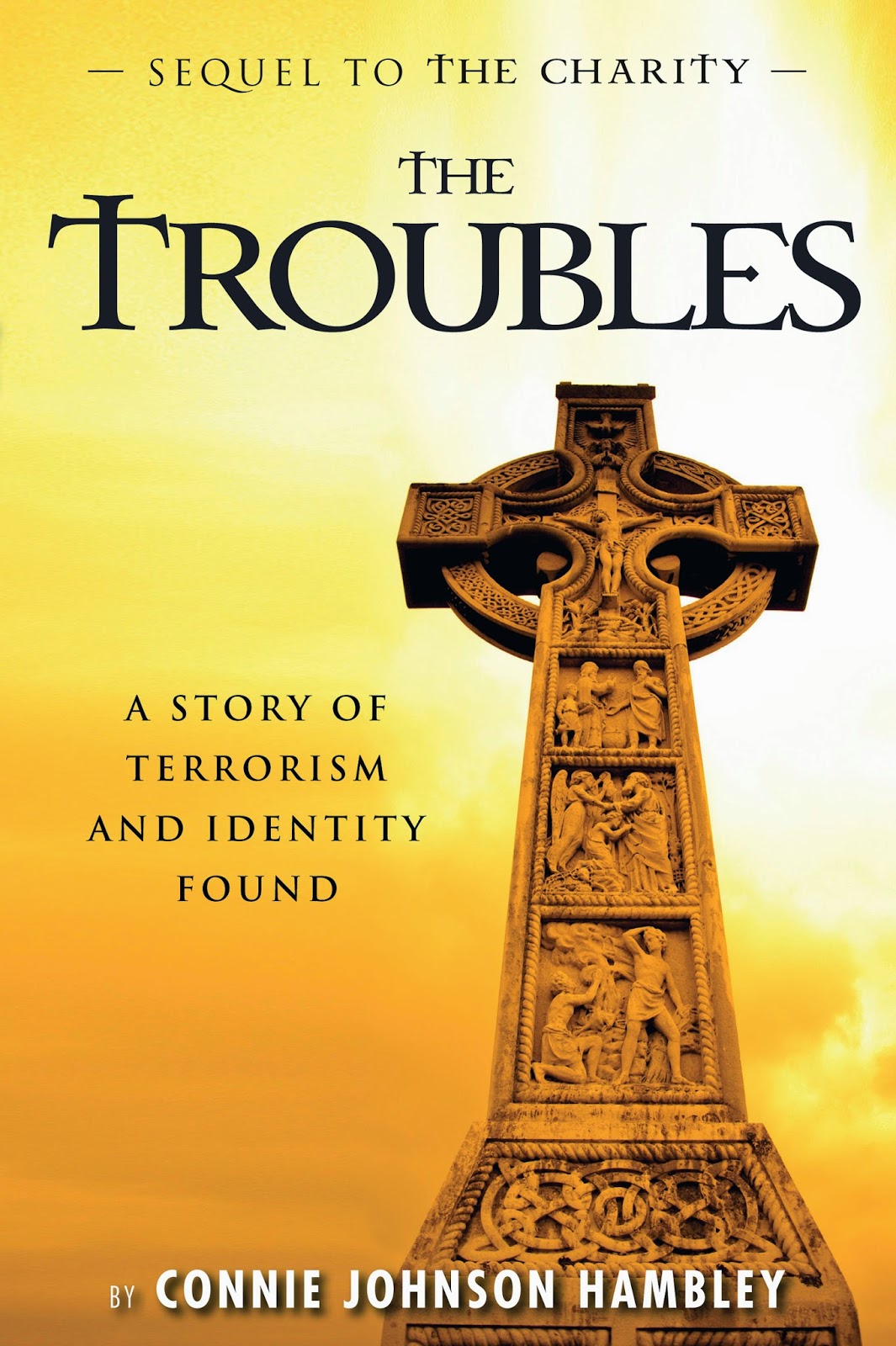Dialogue–To Say and Convey
I feel fortunate this year to
have had several opportunities to teach (and learn) about dialogue. I come from
a theatre background, so I’ve always felt comfortable writing what characters
say. It wasn’t until I studied the mechanics of what makes dialogue readable,
that I realized there are a few techniques that can really improve not only the
speech, but also the way it enhances the story.
“dialogue” as “conversation between two or more people as a feature of a book,
play, or movie.” While fictional dialogue resembles conversation, it is not an
exact transcription. Readers would soon tire of actual exchanges. Consider the
number of times people say throw away words or syllables like “you know” or “uh.”
Watch close captioned programing and see how difficult it is to capture exactly
all the spoken phrases and word spellings. It’s tortuous.
developing a story, the dialogue must be an integral part of the plot, the
pacing, and the entire purpose of the work. It’s crucial that dialogue identify
the speaker and reveal the character by speech pattern and attribution (either “tags,”
such as he said or she said, or “beats,” which are character actions placed
close to the spoken words). In addition, dialogue needs to blend into the
story becoming invisible to the reader so it advances the story without
distracting or interfering with its progress.
this year’s Murder in the Magic City, an annual mystery conference held in
Birmingham, Alabama, Guest of Honor Craig Johnson (author of the Longmire series) mentioned that George
Guidall, who reads the audio versions of the books, told him: “You don’t
clutter your writing with attribution and that makes it easier to read.” This
comment resonated very strongly with me, bringing home two important points:
(1) it’s important to read your story aloud, particularly the dialogue, to see
if it flows naturally and feels comfortable being spoken, and (2) any dialogue that
doesn’t keep the story moving has to go.
Here’s
a checklist of recommendations for writing dialogue that I developed from my
studies:
clarity, each time a speaker changes, give the new speaker a new paragraph.
careful about using a character action as a tag.
Examples
of bad tags: “No,” he coughed. / “No,” she hissed.
You
can’t cough a word, nor can you hiss a word that does not contain an “s.”
Improvement:
The racking cough almost kept him from speaking. Finally, he was able to say,
“No.”
Appropriate
use of “hiss”: “”Yes,” she hissed.
Use
adverbs sparingly. A character might say something softly instead of whispering;
but if you describe him as speaking adamantly or sarcastically, think about
substituting a beat (He slammed his fist on the table/She smirked) for the tag
(he said adamantly/she said sarcastically). Remember show, don’t tell.
tags and beats. If it’s clear who’s speaking, you may not need either.
dialogue with commas and periods. Use exclamation marks sparingly. Generally,
people don’t speak in semi-colons.
make sure it reflects your character’s voice.
dialect and phonetically spelled speech. Let it enhance character development,
not confuse the reader.
unless they are needed for clarity or emphasis. Remember how you knew you were
in trouble as a child when you heard your parent call you by your full name?
speaks volumes.
resources I’ve found helpful:
Dynamic Dialogue: Letting
Your Story Speak by William Bernhardt (Red Sneaker Writers
Book Series 4) (Babylon
Books, February 3, 2014).
Dialogue by Marcy Kennedy (Busy
Writer’s Guides Book 3) (Tongue Untied Communications, February 26, 2014).
Dialogue – The Ultimate Writers’ Guide by
Robyn Opie Parnell (R&R Books Film Music, July 23, 2014).
Dialogue Tips & Traps: A
Guide for Fiction Writers by Brent Spencer (Writers
Workshop Press, June 25, 2012).
Hallie Ephron’s article at: http://www.netplaces.com/writing-your-first-novel/writing-dialogue/writing-believable-dialogue.htm

librarian, Paula Gail Benson’s short stories have been published in Kings
River Life, the Bethlehem Writers Roundtable, Mystery Times Ten 2013 (Buddhapuss Ink),
A Tall Ship, a Star, and Plunder
(Dark Oak Press and Media, 2014), and A
Shaker of Margaritas: That Mysterious Woman (Mozark Press 2014). Her most
recent short story, “The Train’s on the Tracks,” is in Fish or Cut Bait: the third Guppy Anthology (Wildside Press 2015).










Well said, Paula. (I would have used an exclamation point, but …)
Carla, good one! And you reminded me of another recommendation: Ellipses when you trail off (as did your comment) and Em-dashes when interrupted. ("I wonder–" "No, you don't. You know as well as I do!")
Good points! I enjoy dialogue that's clear and feels natural.
Now my ornery inner child is pranking me with Tom Swifties . . . "That's the last time I'll stick my arm in a lion's mouth," the lion-tamer said off-handedly.
Thank you, Mary! Love that example. Off-handedly. Great!
I never put in real-world conversation in dialogue. As you said, Paula, real-world people's speech can drive everyone crazy if read. For example, my sister has some really bad speech habits. She over uses the phrase, "in any event," to keep the conversation going without pause like she's afraid I'm ready to hang up the phone. Of course, after the fourth "in any event" I am ready. However, if I wanted to show the reader how annoying some character was, perhaps it wouldn't be a bad idea. That said, I would make the character secondary so the character didn't speak very often. Someone who continually over uses a phrase can be a way to avoid tags.
Thanks for the references. I will look them up.
E.B., exactly right. Maria Hudgins wrote an interesting travel mystery, Death of an Obnoxious Tourist, where one of the group speaks in such an outrageous accent that no one, except his wife, can decipher what he is saying. Hudgins uses the speech sparingly, so it has a humorous effect. It's a great example of how moderation goes a long way in writing.
Very good! I agree with all of this. I think writing dialog is easier for some and I'll bet a stage background helps tremendously.
Kaye, my high school drama teacher always used to quote to us from Hamlet: "Speak the speech, I pray you, as I pronounced it to you, trippingly on the tongue." I really appreciate it now!
Very nice, Paula! Dialogue seems like it ought to be one of the easiest things to write—my students often think so at least—but there are challenges at a number of levels and lots to pay attention to. This is a great post!
Art
Thanks for this post, Paula–lots of sound, savvy advice. I enjoy writing dialogue, but it's easy to slide into bad habits if I don't pay close, critical attention to what I'm doing. Reminders such as these help a lot